Ceramic Artist Spotlight: Ken Pincus
Jul 29th 2016
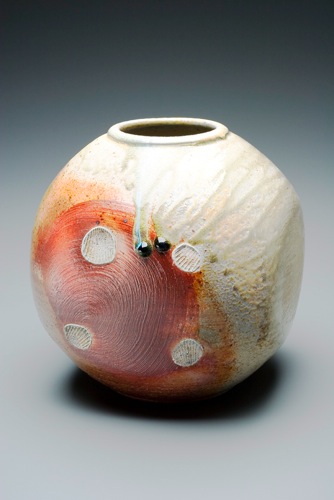
1. What inspires your creations?
I have been a working studio potter for about 30 years, and part of what inspires me is the simple discipline of continuing each day. I strongly believe that inspiration comes through work, especially the physical work that is so much a part of working in clay. Starting the work day with routine tasks, whether that be mopping the floor or wedging clay or sweeping out the kiln, is like a warm-up routine for me and settles my mind into a zone where creativity can come. I also try to energize myself with daily walks and by exposure to other ways of working through reading, and visits to galleries and museums.
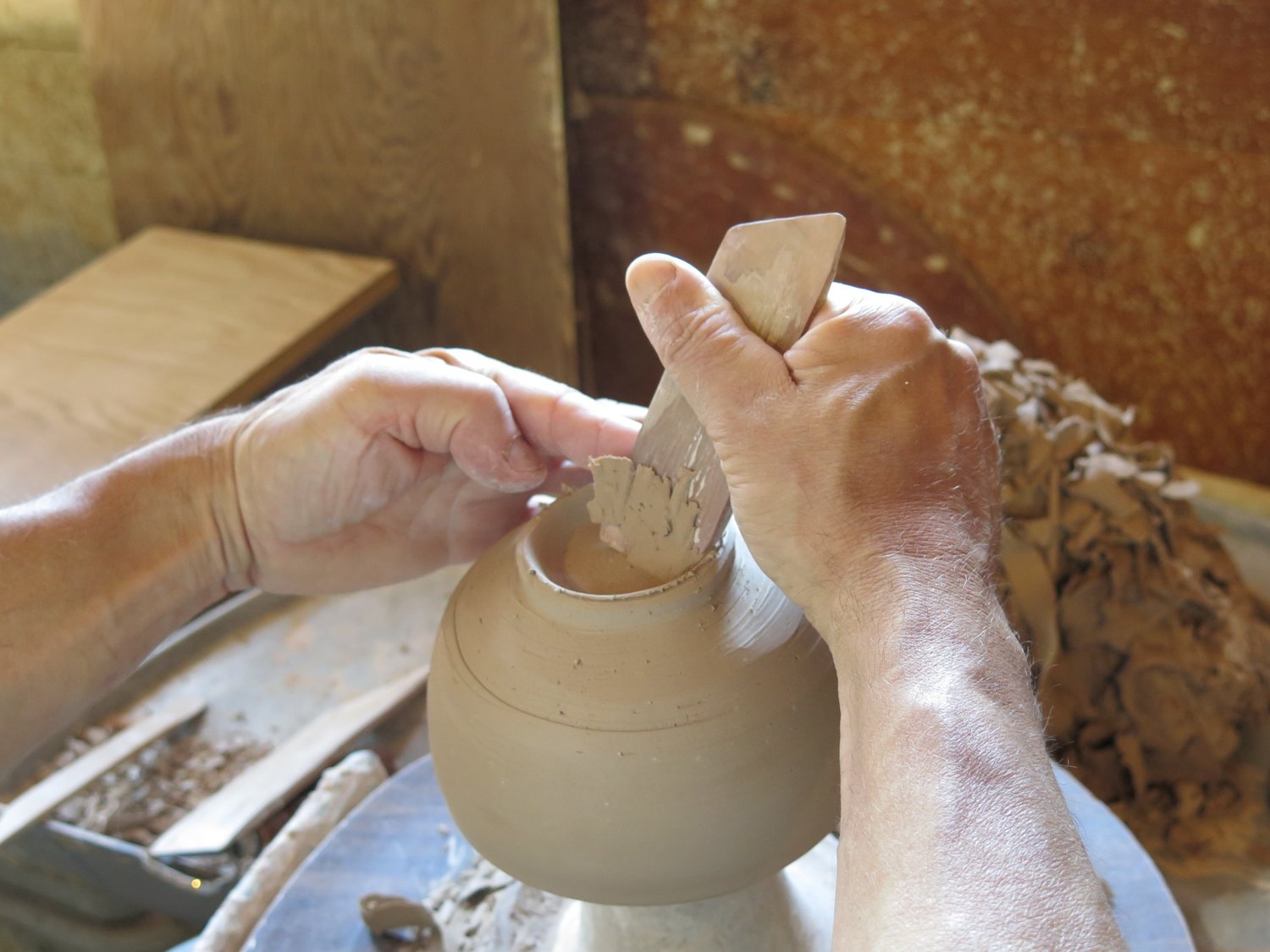
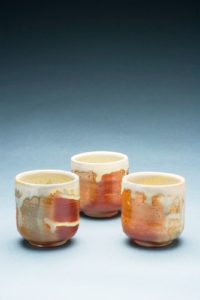
2. What is your artistic process?
My pottery work goes forward in cycles, with the overall schedule dictated by approaching deadlines such as show opening dates. Generally I begin each new forming cycle by starting with a series of thrown cups or bowls, and then go on to making larger vases, serving bowls and containers.
First: Forming Cycle – Usually lasts about several weeks long where I throw pots on the wheel or use slabs to make plates and platters. Once I begin throwing or slabbing, I like to continue that without interrupting to trim the pots that were made the day before. To regulate the drying of the pieces, I wrap the made pieces that are partially dry in large plastic sheets. That keeps them moist for weeks until I’m ready to trim and finish them.
Second: Trimming Cycle – Here I trim all the thrown pots, put handles onto cups or feet onto platters as needed, and generally finish the making of the pots.
Third: Glazing and Firing Cycle – This includes bisquing the dried pots, applying glaze to them, and finally firing the pottery in either the gas kiln or wood-fired kiln that are here at my studio.
I tend toward keeping my work simple in design and form. Years spent in Japan helped me to see the beauty in everyday and rustic things in nature, and my goal is to create pots
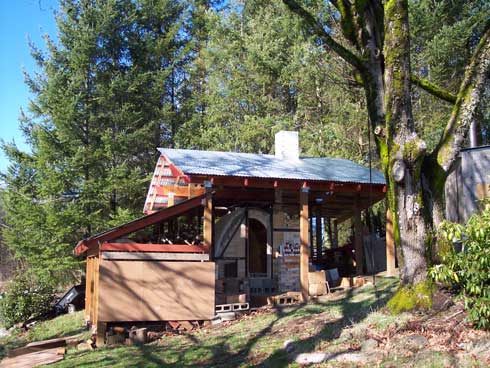
3. What techniques do you use?
I use fairly traditional pottery techniques. They include throwing pots on the wheel and forming plates and platters using clay slabs. When I throw larger containers (bowls, vases), I will often use a coil and throw technique to create the bigger pieces without undo strain.
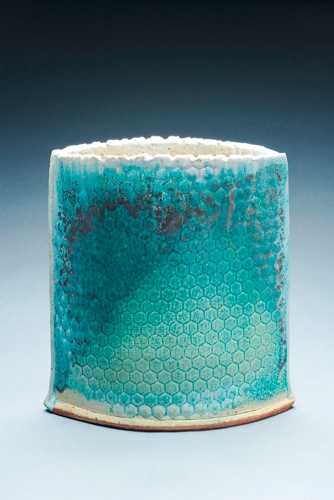
4. What is your background? (Where you are from, education, etc.)
I’m from Los Angeles, and when it came time for me to go off to college, I chose UC Santa Cruz. At that time (1970s), they had a special major in “Arts & Crafts and Their History” which I got accepted into. That was really the beginning of my serious studies of pottery. After that, from 1982-1987, I had the chance to live in Japan for about 5 years, and found an inspiring ceramic artist, Yoshihiko Yoshida, to study pottery with for 3 of those years. I moved to the Portland area in 1988, and have been living here with my family since then, continuing my work as a potter.
Pincus Pottery Studio is located in the hills just north of Portland, Oregon.
A quiet and green place with a wide vista, this is a good spot to form clay and fire ki

